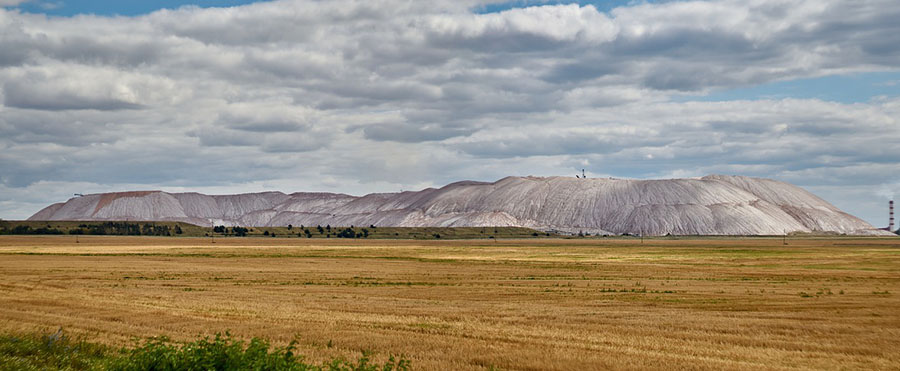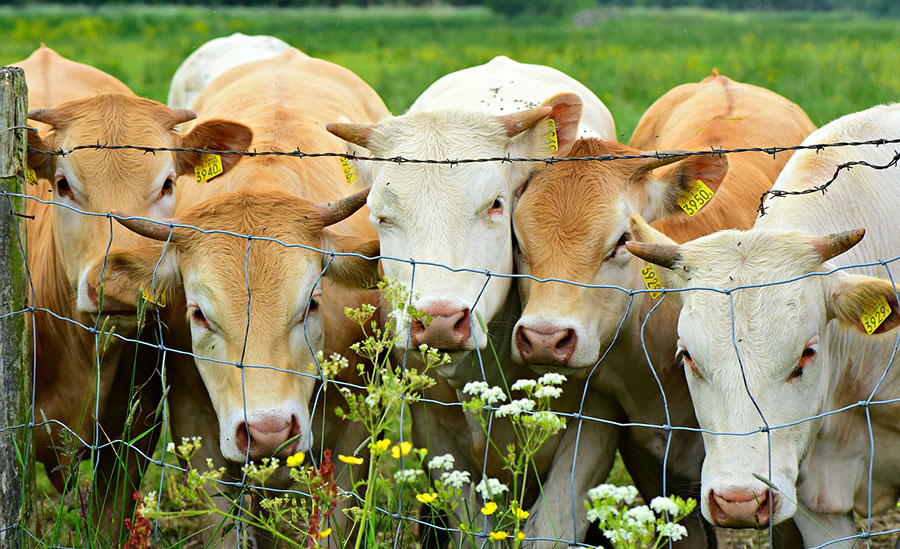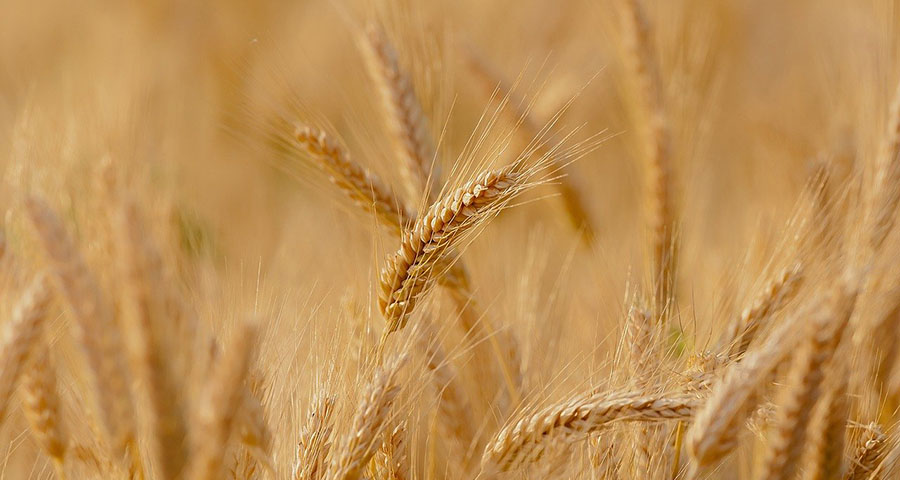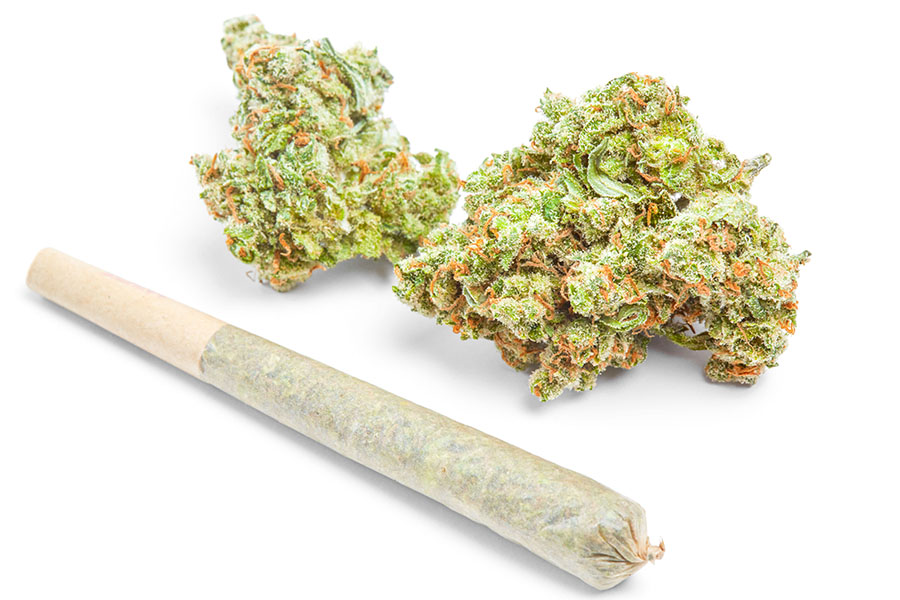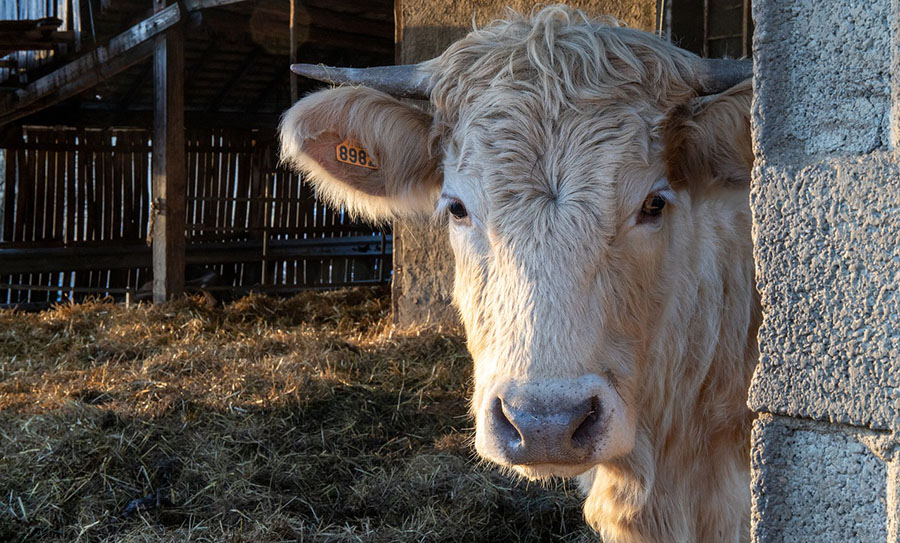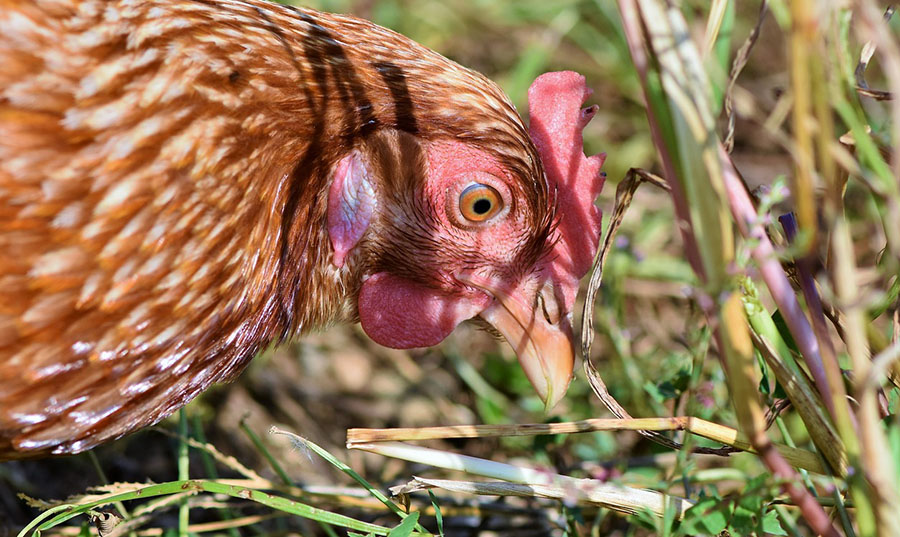TICKERS: AGU, AAA; ALLRF, BG, CRESY, , SDFG, LRA, KCL, POT, SCP, SYT, MOS,
Identifying Top Seeds in the Potash Boom
Interview
Source: Karen Roche and Brian Sylvester of The Energy Report (12/9/10)
 As growing middle classes in developing nations feed the need for fertilizer, how to increase production has become the real issue in agriculture. Major potash producers are lining up to fill that need. The Energy Report spoke with Adrian Day Asset Management Chairman and CEO Adrian Day and Wellington West Capital Markets Analyst Rob Winslow to get their take on the potash sector, and which companies have the sustainable competitive edge.
As growing middle classes in developing nations feed the need for fertilizer, how to increase production has become the real issue in agriculture. Major potash producers are lining up to fill that need. The Energy Report spoke with Adrian Day Asset Management Chairman and CEO Adrian Day and Wellington West Capital Markets Analyst Rob Winslow to get their take on the potash sector, and which companies have the sustainable competitive edge.
Adrian Day: Absolutely. As you may recall, we also talked about how China has been driving the resource market and will continue to drive it for the next decade. Even if China's economic growth slows from 9.5%–5%, the demand for resources will still be very dramatic—much higher than now. As China becomes more industrialized, increasingly more people in its massive population will move up into the middle classes.
Middle class people want houses with electricity, running water and indoor plumbing. They want to have cars, as well as bicycles, which takes copper, aluminum, platinum, rubber, oil, etc. And as more Chinese go from eating the chickens and goats they raise in rural China to an urban environment, they lose their taste for goat meat and want beef instead. Cows consume more wheat than do goats. That's just an example. The point is, the basic factors driving all the resources are also driving agriculture.
TER: As Wellington West Capital Markets' agricultural expert, Rob, what underpins this rush toward potash companies, including the failed BHP Billiton Ltd. (NYSE:BHP; OTCPK:BHPLF) bid for PotashCorp (NYSE:POT; TSX:POT), the upcoming transaction between K+S Aktiengesellschaft (Fkft:SDF) and Potash One Inc. (TSX:KCL)?
Robert Winslow: Whether you're looking at fertilizers or farm equipment, really what underpins all the agricultural (ag) cycle is the grain complex. If you were to pull up a chart of the corn, wheat and soybean prices, for example, you'd see that grain prices bottomed out in early June, down to around the cost of production in the U.S. Corn Belt. They started rallying from there, spurred a little by dollar weakness but also by the supply/demand situation globally. We're in the neighborhood of 50%–55% above those June lows.
TER: Has the hike been more a function of growing demand or supply shortages?
RW: We had some supply shocks, particularly on the wheat side. In western Canada, it was very wet; in Russia, it was very hot and dry. As a result, two of the world's three-largest wheat exporters saw their production cut by about 20%. That showed us how tight the stocks-to-use ratio became globally, which is the metric we use—it measures supply/demand for any given commodity.
TER: Could you elaborate on what that stocks-to-use measurement tells us?
RW: It tells us supply/demand levels are down to those last seen in 2007 and early 2008 when the grain complex rallied, as well. The bottom line is we get to a situation where we have insufficient inventory to protect us from supply shocks. That will drive up grain prices. As grain prices go, farm income goes. As farm income goes, so go expenditures on seed, fertilizer, chemicals, tractors, short-line equipment, you name it. The entire complex rides on the back of those grain prices.
TER: That would bode well for a company you told us about the last time we talked, Adrian. You described it as one of your favorites in the general resource area.
AD: Yes, Sprott Resource Corp. (TSX:SCP). If you buy Sprott, which is quite a liquid company, you get it at a discount to NAV. Net asset is about $5.20. The stock's been trading at about $4.65. You also get great management—Kevin Bambrough and company—and a great balance sheet. As you know, Sprott has direct and indirect investments in different resource areas—buying whole companies, sponsoring companies or growing them. When the companies reach a certain level, ideally it'll spin off a certain amount of the shareholding into a public company.
TER: You said it's currently in gold, oil and gas, agriculture and fertilizer. Tell us about the last two on that list.
AD: The agriculture play is very interesting, a joint venture (JV) with First Nations—One Earth Farms Corp. First Nations owns more than a million acres of farmland. It'll be a big business, one of the largest commercial farms in North America—really quite staggering. It's still a private company, but it's selling some shares in a secondary offering, raising $40M–$80M. If it brings in the maximum, it will take Sprott's stake down to 24%. In a year or two, it'll IPO. That's what it's trying to do—take a direct investment, build up the company and IPO it.
TER: News has been coming in pretty fast and furious on the potash front; and, Rob, you recently raised your targets on several potash juniors. Without discounting the demand factor, what can you tell us about the rationale behind that decision?
RW: The impetus for that was the bid by K+S for Potash One. On the back of that, we also raised the targets on Allana Potash (TSX.V:AAA), Intercontinental Potash Corp. (TSX.V:ICP) and Western Potash Corp. (TSX.V:WPX), as there's a scarcity factor that needed to be embedded in the valuations of those companies. We're seeing consolidation in the space, with the big players coming and buying up the juniors. When that happens, obviously, the value of those left standing—presuming they're still quality assets—tends to go up.
TER: How did your targets on these three companies change?
RW: We raised Allana's target $0.15 to $1.15 (and have since raised it again to $1.20) and we rate it as a strong buy. Intercontinental is $1.50/share and Western Potash is $1.05. Among the three, I have a more favorable view on Allana and Intercontinental than on Western Potash because the former two are advantaged juniors.
TER: What do you mean by "advantaged" juniors?
RW: They have some edge, a sustainable competitive advantage that makes them stand out from the crowd. For example, Allana's potash concessions are in Ethiopia's Danakil Depression.
TER: What makes that special?
RW: The potash deposit there may be as shallow as 150 meters or so, which suggests the possibility of an open-pit operation. That would cost less than sinking a shaft in Saskatchewan, where the company would likely have to go down to a depth of 1 km. That's more than $1 billion just to get the shaft down. Parts of the Danakil Depression potash deposit appear to be 600–700 meters, so solution mining would be possible there also.
TER: Some of our readers may know, Saskatchewan supplies one-third of the world's potash demand. But, apparently, Ethiopia has one of the world's largest potash deposits—up to 150 million tons (Mt.) concentrated in the Dallol area.
RW: That area, in the Danakil Depression, has enormous potash potential. Water has been running down from the surrounding mountains for millennia, carrying minerals to this low-lying basin. Over time with heat and evaporation, it has produced this giant dish of salt. When you go far enough down into the layers, you reach salt containing a tremendous amount of potassium—that's the potash. I've never seen anything quite like it; it's remarkably hot and salty.
The Danakil Depression is among the hottest places on earth. I was there not long ago, and it was 114°F in the shade. The idea with solution mining is to inject a heated solution (or water) down into the salt bed, dissolve the salt, bring it up to surface, and then use wind or solar to evaporate it. At the surface, you can heat up your water quickly with solar panels. Considering all of that, operating costs are potentially materially lower than in a solution mine—or any other kind of mine—in Saskatchewan.
TER: That would clearly be a competitive advantage. Compared to conventional mining, solution mining means not only lower capex requirements but also operation scalability and a quicker timeline to production—not to mention less technical risk and environmental impact.
RW: There's even more to the Allana story. It's quite a bit closer to one of the largest importing nations in the world. Depending on the year, India ranks as the second- or third-largest potash importer in the world. If Allana gets this mine built and the proper infrastructure in Ethiopia to get it over to the coast, transport alone could be $20 or even up to $40 cheaper per ton. So, once the infrastructure is in place, the cost of those logistics on a run-rate basis would be significantly lower than they would be in western Canada. That's another reason we like Allana. It's also lower on a price-to-NAV valuation on our comp table.
TER: As a Canadian-domiciled company, one might expect to see French and English banners on Allana's website but it has English and Chinese banners.
RW: Of course, China is interested in potash all over the world, but a Chinese investor has put in a modest amount of capital and bought some equity in Allana, about $2 million. The company's also negotiating with this investor to put up something like 35% of the capex to help finance the project. In turn, Allana has committed to give this partner discount-to-market prices on potash until it gets its capital back. The terms have yet to be finalized, but it's an interesting way to finance the project. The day the Chinese actually put up $300M will be the day we're excited. Right now, it's not concrete; it's just in negotiations. Even so, a lot of things separate Allana from some of the others.
TER: It sounds as if there's minimal jurisdiction risk in Ethiopia.
RW: Ethiopia is not Canada. Having said that, it's interesting; it's almost paradoxical. Africa welcomes the Chinese with open arms. They're the largest investors in Africa. They promise infrastructure. They'll create jobs. They want to stimulate the economy. There's a lot of collaboration between the African nations and China. I met with some government officials when I was there, and the government's conviction is pretty strong. It wants to produce potash—the goal is to produce 2 Mt. annually by 2015. It's racing toward potash production and is more focused than anybody else out there. The government's going to spend money on infrastructure. It's talking about an $8 billion rail system that, obviously, would facilitate getting potash to the coast for export. China probably will be constructing most of that railway.
TER: Wherein lies the paradox?
RW: You don't see the Chinese doing a heck of a lot in Canada's potash space, and I think that's primarily because they don't want to get egg on their face. Think of what we saw with BHP in its bid for PotashCorp. I suspect the Chinese view Canadians as slightly protectionist when it comes to some of these strategic resources.
TER: Right. You weren't too hot on the BHP takeover attempt, anyway. In August, The Globe and Mail quoted you as saying that a successful takeover by BHP would "complicate the situation for Canadian junior potash companies in a number of ways, making access to capital somewhat more challenging for them." Further to your comment about that protectionist sentiment, PotashCorp, after all, is the world's largest fertilizer company by capacity, producing all three primary crop nutrients—phosphate, nitrogen and potash. As the world's leading potash producer, it accounts for about 20% of global capacity—a national treasure.
RW: Yes, and frankly I think China would find it more difficult to get something done in Canada than it would in Ethiopia. As I said, Ethiopia's government is looking for investment with open arms. That's the paradox.
TER: China's investment will do a lot for Ethiopia's GDP, too—2 Mt. at $500/ton. What's the story with Intercontinental?
RW: It's early days yet, but it's looking at producing a specialty fertilizer called potassium sulphate (SOP) by extracting potassium (K) from polyhalite. It has to mine the stuff—polyhalite's an unusual mineral, but it has a lot of K in it—and bring it up to surface. But if it all pans out, Intercontinental could be among the world's lowest-cost SOP producers.
Most SOP producers use the Mannheim process, mixing potassium chloride (KCl), or regular potash, with sulfuric acid in a big furnace. Some fancy chemistry goes on when it heats up, and SOP comes out the other end along with some byproducts. The SOP cost will fluctuate with the price of potash, but it can be costly.
In contrast, the conversion process that Intercontinental Potash proposes would use the polyhalite the company mines as its input instead of KCl. Suppose the polyhalite costs $60–$70/ton to mine and conversion takes it to $180–$200/ton to produce SOP. If you're using the Mannheim process to produce SOP, you're buying KCl at approximately $400/ton in the marketplace, which already puts you at a disadvantage compared to a competitor who can use a much-cheaper raw material input. That's a really interesting project, and one of the lowest-cost producers in the world delivering a high-margin potash product makes for a really compelling story.
TER: Is potash garnering about $500/ton now?
RW: It depends on where it's being sold. In Brazil, I believe it's a little bit over $500. In parts of the Midwest, in the Corn Belt, it's approaching $500. In Vancouver, I believe it's $400. So it depends. Wherever you are in the world, there's a slightly different price because you have to factor in the transportation cost.
TER: Getting back to your advantaged companies, why isn't Western Potash in that category?
RW: We raised our target on Western Potash, too, but we're less optimistic on its prospects given that it's maybe the fourth or fifth junior in the Saskatchewan Basin. Over the past couple of years, BHP has acquired Anglo Potash Limited and Athabasca Potash Inc.; and now, Potash One is bidding for K+S. Already these three juniors are arguably further advanced than Western Potash. Plus, you've got the brownfields, the incumbents and the big players—PotashCorp, The Mosaic Company (NYSE:MOS) and Agrium Inc. (NYSE:AGU). They could well expand their capacity for potash in the basin in western Canada.
So, Western Potash is late to the game by comparison and the cost of capital is significantly higher than it is for the brownfields. This isn't to say the stock price can't go higher, because clearly it went through our target; but we're somewhat tempered on our optimism. A lot of things have to go right for that Western Potash mine to be built and we're just not persuaded it's likely to happen.
TER: Back to you, Adrian. You've brought us up to speed on Sprott. What are some of the ag companies you like?
AD: We favor companies that actually produce somewhat more than do the explorers. So, some of those we like include farmers and agribusiness companies like Cresud (NASDAQ:CRESY) in Argentina, which raises wheat, corn, soybeans, beef and dairy cattle. Cresud exports a lot to China, which says an awful lot about China's need for agricultural commodities. It has evolved from a country that met all of its own needs and actually exported agricultural products. Now, China has to import wheat from halfway across the world.
In addition to agribusiness companies that produce, we like Bunge Ltd. (NYSE:BG; NASDAQ:BG), which had its origins in Brazil and still has most of its assets there but is headquartered in New York now. Bunge buys, sells, stores, processes and transports crops to make staple foods, food ingredients and animal feed. Its corporate brochure contains an eye-opening statistic from the United Nations—that global food production will need to increase 70% by 2050 to feed a larger and more prosperous world population.
How to increase production has become the real issue in agriculture. Of course, one way is with fertilizer. We have to use fertilizer if we're going to feed people; there's no way around it. This is a well-known story, and the fertilizer companies are going to do remarkably well over the longer term. The fertilizer stocks got a little expensive in the wake of BHP's bid for PotashCorp. Now that it's been withdrawn, I would wait for a pullback.
Right now, my favorite potash is a great company—Mosaic. Germany-based K+S is another good company. Various fertilizers already comprise about 85% of revenues for K+S, which looks to expand its portfolio with the Potash One transaction soon. I also like Syngenta AG (NYSE:SYT), which is also based in Germany. If we're going to feed people, we have to find a way to increase our core production not only with fertilizer but also with genetic engineering of seeds, etc. I know it's controversial, but that's the only way we're going to do it.
TER: Any other companies?
AD: There are also explorers. For instance, Lara Exploration Ltd. (TSX.V:LRA) isn't a phosphate explorer but it has some phosphate exploration in its portfolio. So, I like diversified companies that give me exposure to different areas.
TER: Adrian, you're a commodities bull no matter how you cut it—in this case, with agribusinesses. And you've given some strong bullish signals on the ag sector too, Rob.
RW: We're obviously bullish on grains and fertilizers. We're bullish on grains because we think the supply/demand situation could remain tight for some time. USD weakness also tends to drive these commodities higher because they're denominated in U.S. dollars. For example, it takes more dollars to buy a bushel of corn as the USD devalues. In our view, a number of factors support robust grain prices and, therefore, a strong ag sector for investors.
TER: Thank you very much, gentlemen.
A British-born writer and money manager who graduated with honors from the London School of Economics, Adrian Day has made a name for himself searching out unusual investment opportunities around the world. As president and CEO of Adrian Day Asset Management, he generously shares his thoughts, opinions, insights and analyses via Barron's, Forbes, Bloomberg Markets, Kitco, Casey, The Stock Advisors, Dick Davis Digest, MSN Money, Financial Times, The Daily Reckoning, The Herald Tribune, The New York Times and, of course, The Energy Report—among others. A frequent speaker at international seminars and a regular guest on CNBC and The Wall Street Journal Radio Network, he has been interviewed by Money, Straits Times, Good Morning America and others. He also writes the quarterly Portfolio Review newsletter for clients, serves as editor of Adrian Day's Global Analyst and has authored three books on global investing: International Investment Opportunities: How and Where to Invest Overseas Successfully and Investing Without Borders and the just-published Investing in Resources: How to Profit from the Outsized Potential and Avoid the Risks, which is now available in hardcover and e-book formats.
As an analyst with Wellington West Capital Markets Inc. in Toronto, Robert Winslow, CFA, covers 16 companies wearing his "Agriculture and Special Situations" hat. Before joining Wellington West, Rob served as an equity research analyst with Orion Securities Inc. (Toronto), strategy consultant with Bain & Co. (Toronto and Brussels), and senior engineer with Caterpillar Inc. (Dallas). Rob earned his master's in science degree in engineering at Texas A&M, and his MBA from Cornell.
Want to read more exclusive Energy Report interviews like this? Sign up for our free e-newsletter, and you'll learn when new articles have been published. To see a list of recent interviews with industry analysts and commentators, visit our Expert Insights page.
DISCLOSURE:
1) Karen Roche and Brian Sylvester of The Energy Report conducted this interview. They personally and/or their families own shares of the following companies mentioned in this interview: None.
2) The following companies mentioned in the interview are sponsors of The Energy Report or The Gold Report: Allana Potash and Lara Exploration.
3) Adrian Day: I personally and/or my family own shares of the following companies mentioned in this interview: Sprott. In client accounts that I manage in addition to these stocks, we also own. I personally and/or my family am paid by the following companies I mentioned in this interview: None.
3) Rob Winslow: I personally and/or my family own shares of the following companies mentioned in this interview: Allana Potash.



